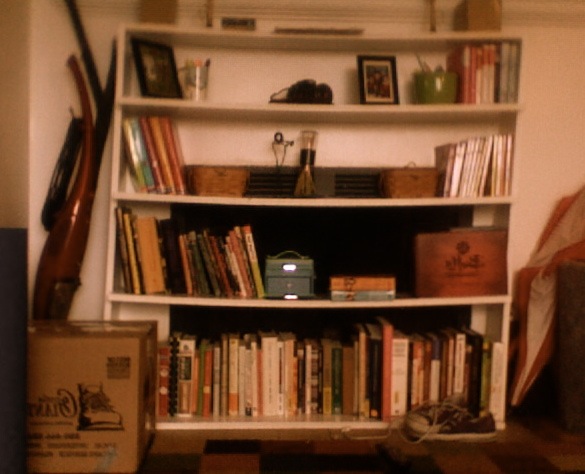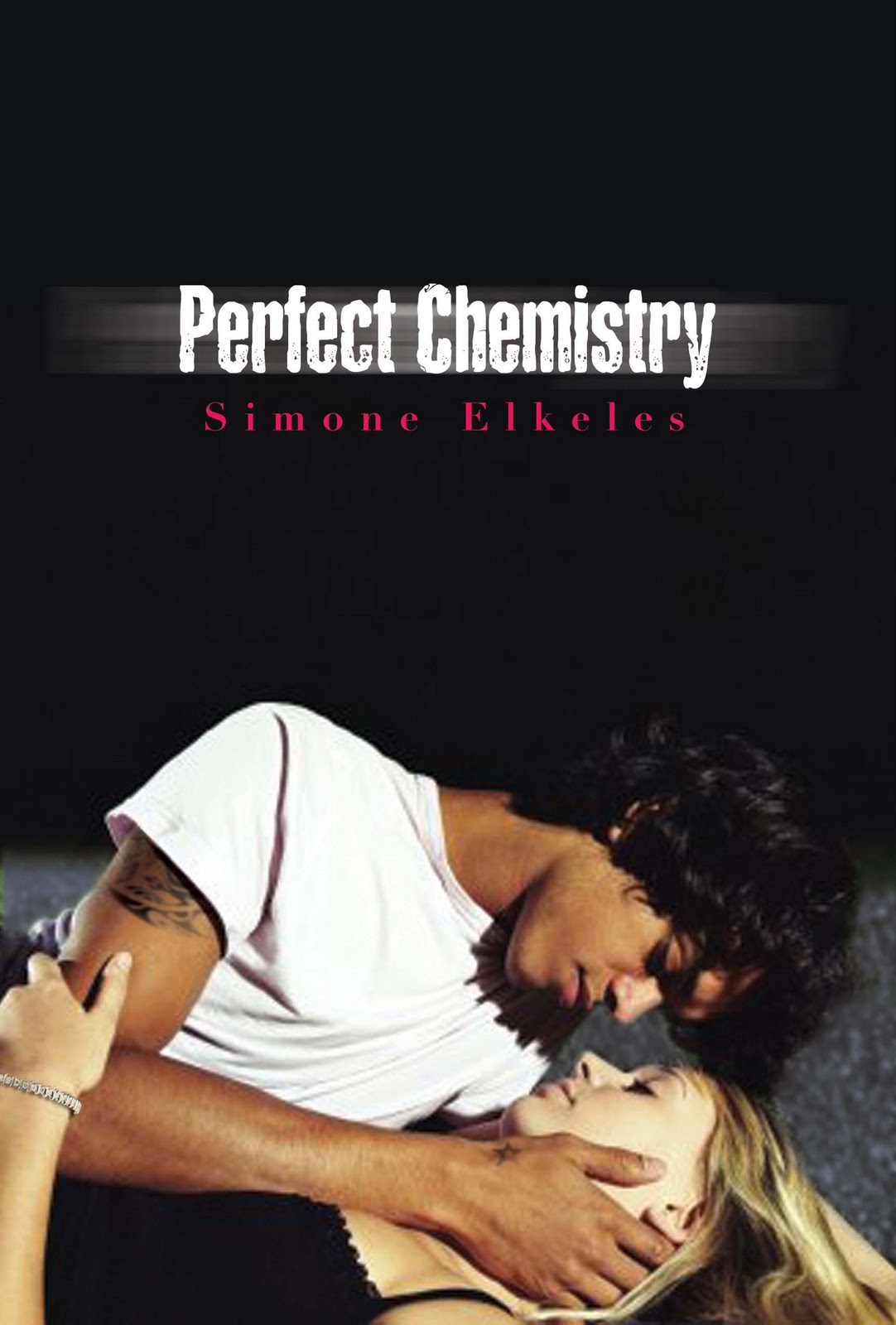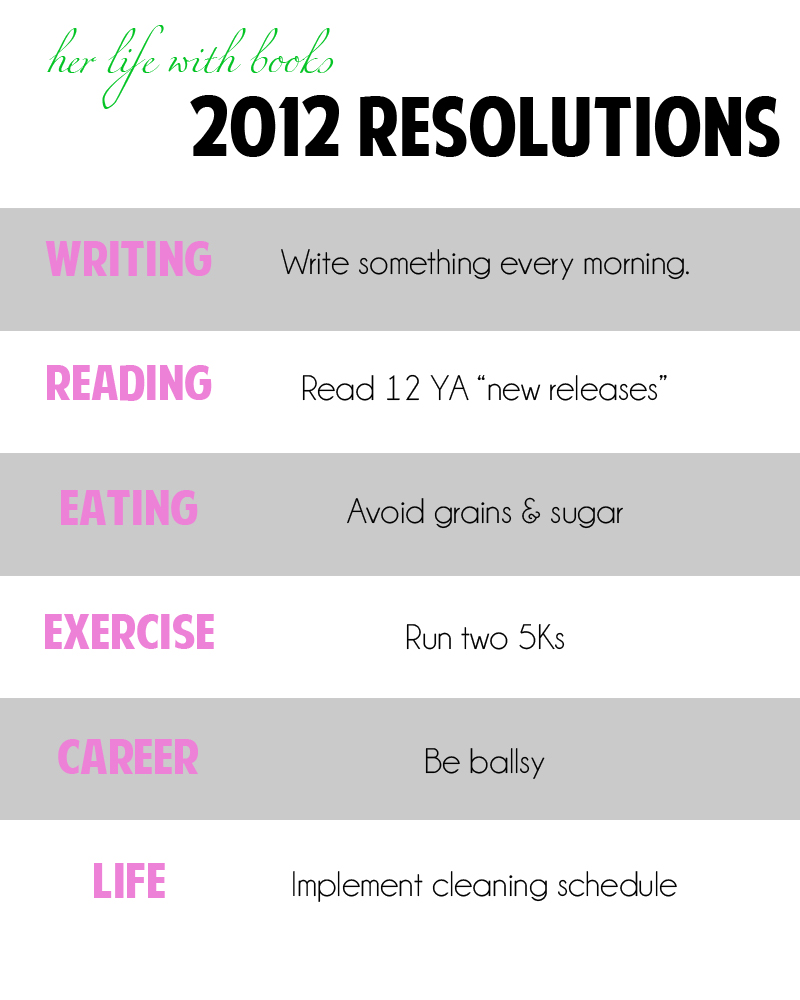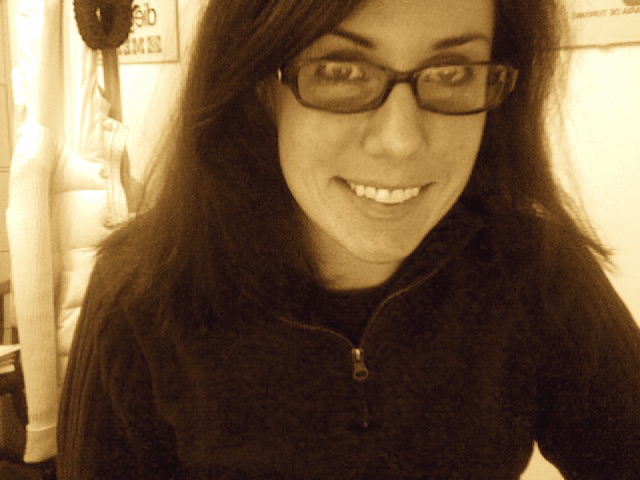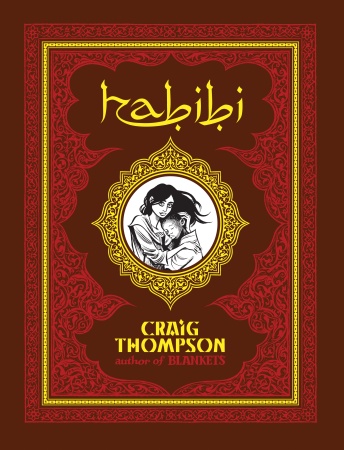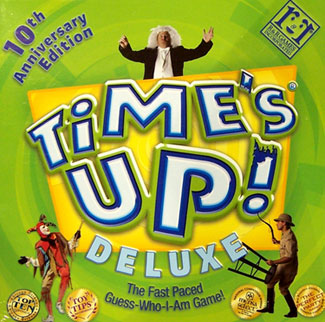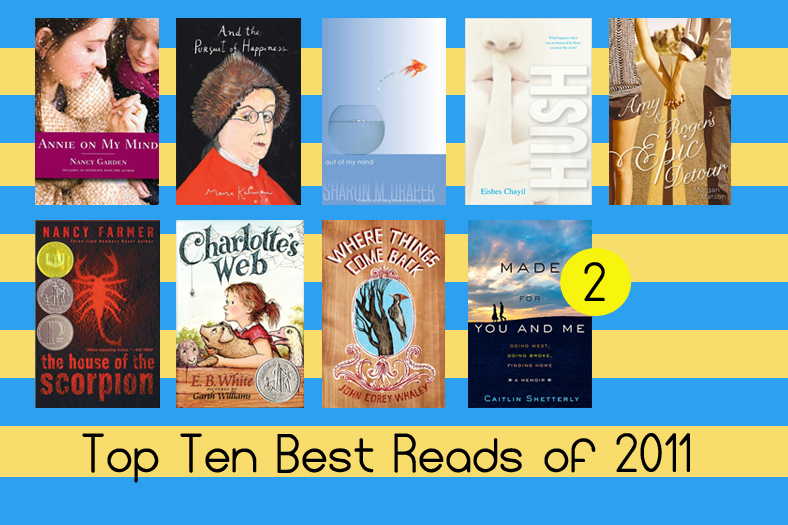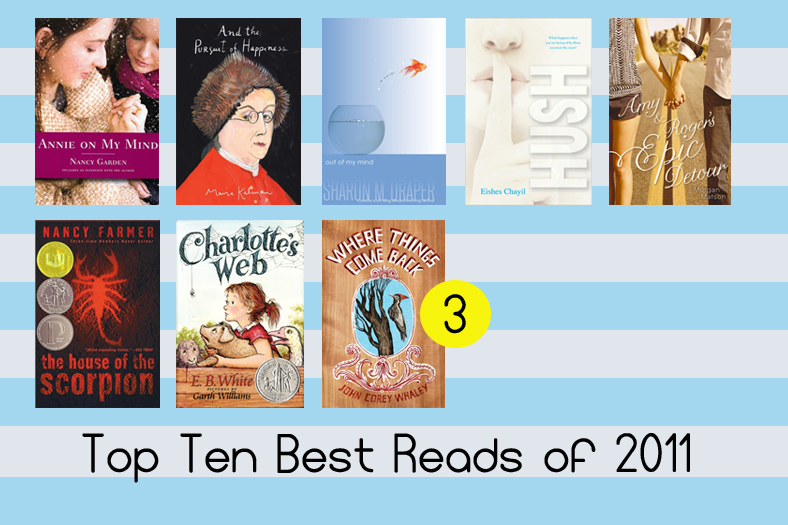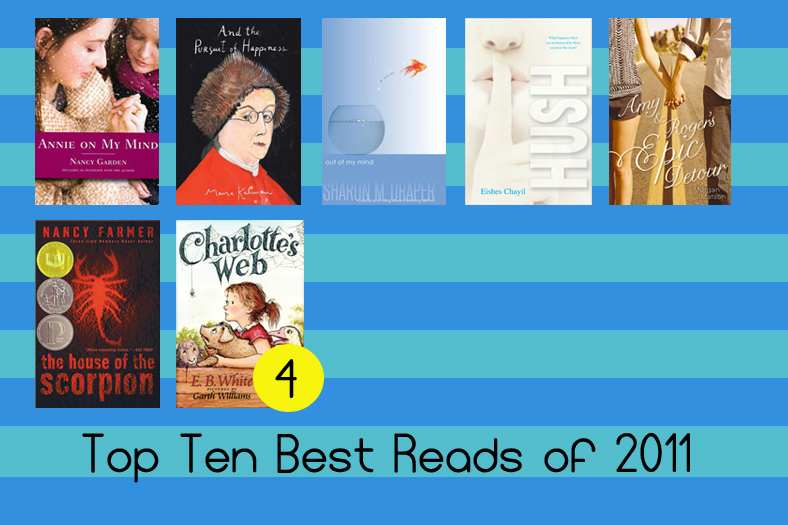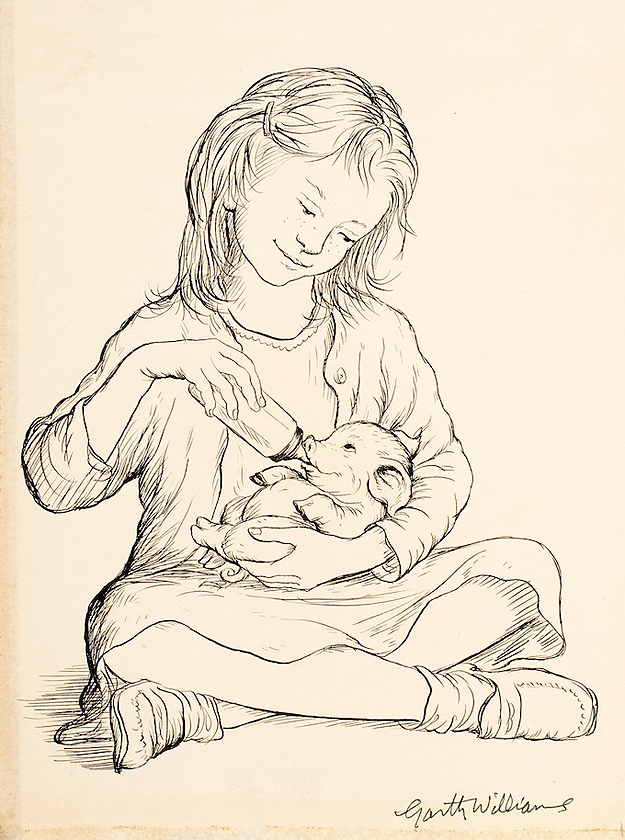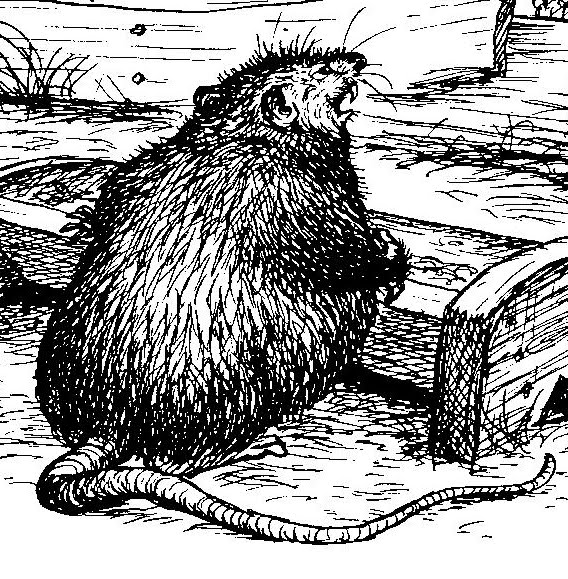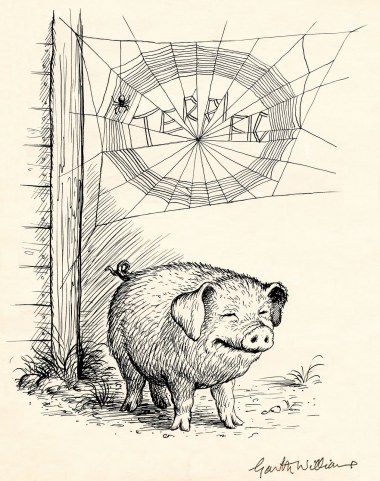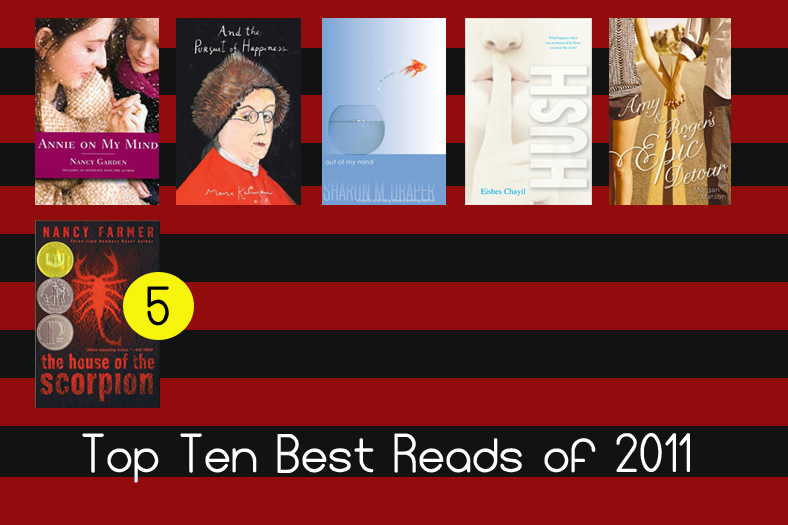Let me tell you a sad story about a girl who has too many books and not enough place to put them all.
I call it The Story of My Life.
Despite the large percentage of my books that currently live in my parent’s basement in Michigan, I have recently reached capacity for my 3 sizable Boston bookshelves. I didn’t even ask for any books for Christmas this year because I knew I wouldn’t have anywhere to put them, and I wouldn’t have any time to read them.
I told you! This is a SAD story, don’t you think?
A year and a half ago, my pal Jules over at Pancakes & French Fries challenged herself to finishing what she calls The Unread Library that takes up shelf space in her own home. I found this project intriguing, but I’m not sure I could ever make the commitment she has made – to not buy a single book before finishing off those abandoned titles. First of all, I have so many unread books, it would probably take me over a year to complete this task. Being that I only buy 3-4 books a year anyway, I would consider the exercise somewhat masochistic – why torture myself when my input is so low anyway? I think a more effective tactic would be for me to freeze my library card in a hunk of ice until I finish them all… but watching Jules make steady progress on her stack of books is motivating, nonetheless. I’d like to at least document my own Unread Library here, so in July when I am packing up my life into cardboard boxes, I will at least be aware of what books I’ve decided to take with me onto my next life-destination.
Also: please pity my poor, can’t-stand-upright, sway-shelved bookshelf.
- Achatz, Grant & Nick Kokonas Life, On the Line
- Anderson, M.T. The Astonishing Life of Octavian Nothing, Traitor to the Nation, vol 2: The Kingdom on the Waves
- Atwood, Margaret Negotiating with the Dead
- Betancourt, Ingrid Even Silence Has An End
- Bowe, John Us: Americans Talk About Love
- Brown, Renni & Dave King Self-Editing for Fiction Writers
- Burnett, Frances Hodgson The Secret Garden
- The Chronicles of Harris Burdick
- Dahl, Roald Charlie and the Chocolate Factory
- DiCamillo The Magician’s Elephant
- Donnelly, Jennifer Revolution
- Eggers, Dave ed. The Best American Nonrequired Reading 2007
- Friedman, Thomas L. The World is Flat
- Gantos, Jack Dead End in Norvelt
- Goldberg, Natalie Writing Down the Bones
- Holloway, Kris Monique and the Mango Rains
- Jarzab, Anna All Unquiet Things
- Jewett, Sarah Orne A Country Doctor
- Johnson, Marilyn This Book is Overdue!: How Librarians and Cybrarians can save us all
- Karr, Mary The Liar’s Club
- Kipling, Rudyard The Jungle Books: Vol 1
- Kipling, Rudyard The Jungle Books: Vol 2
- Krauss, Nicole The History of Love
- Levithan, David The Lover’s Dictionary
- Meloy, Colin Wildwood
- Miller, Sarah The Other Girl
- Moriarty, Jaclyn The Spell Book of Listen Taylor
- O’Brien, Caragh Birthmarked
- Oliver, Lauren Delirium
- Pessl, Marisha Special Topics in Calamity Physics
- Phelan, Matt The Storm in the Barn
- Riggs, Ransom Miss Peregrine’s Home for Peculiar Children
- Robbins, Tom Still Life With Woodpecker
- Scofield, Sandra The Scene Book
- Setterfield, Diane The Thirteenth Tale
- Skloot, Rebecca The Immortal Life of Henrietta Lacks
- Smiley, Jane 13 Ways of Looking at the Novel
- Suma, Nova Ren Imaginary Girls
- Tough, Paul Whatever It Takes
- Troost, J. Maarten The Sex Lives of Cannibals
- Turner, Nancy These Is My Words
- Twain, Mark Autobiography of Mark Twain, vol. 1
- Wallace, David Foster Brief Interviews With Hideous Men
- Wallace, David Foster Infinite Jest
P.S. I am fairly sure than when Jules posted her list, I laughed at it’s dainty nature. However, now that I have compiled this list fully, I see that we are exactly evenly matched. Although I am willing to place bets that my own Book to Square Foot of Real Estate ratio is much, much higher. I can’t escape them. They are everywhere.
